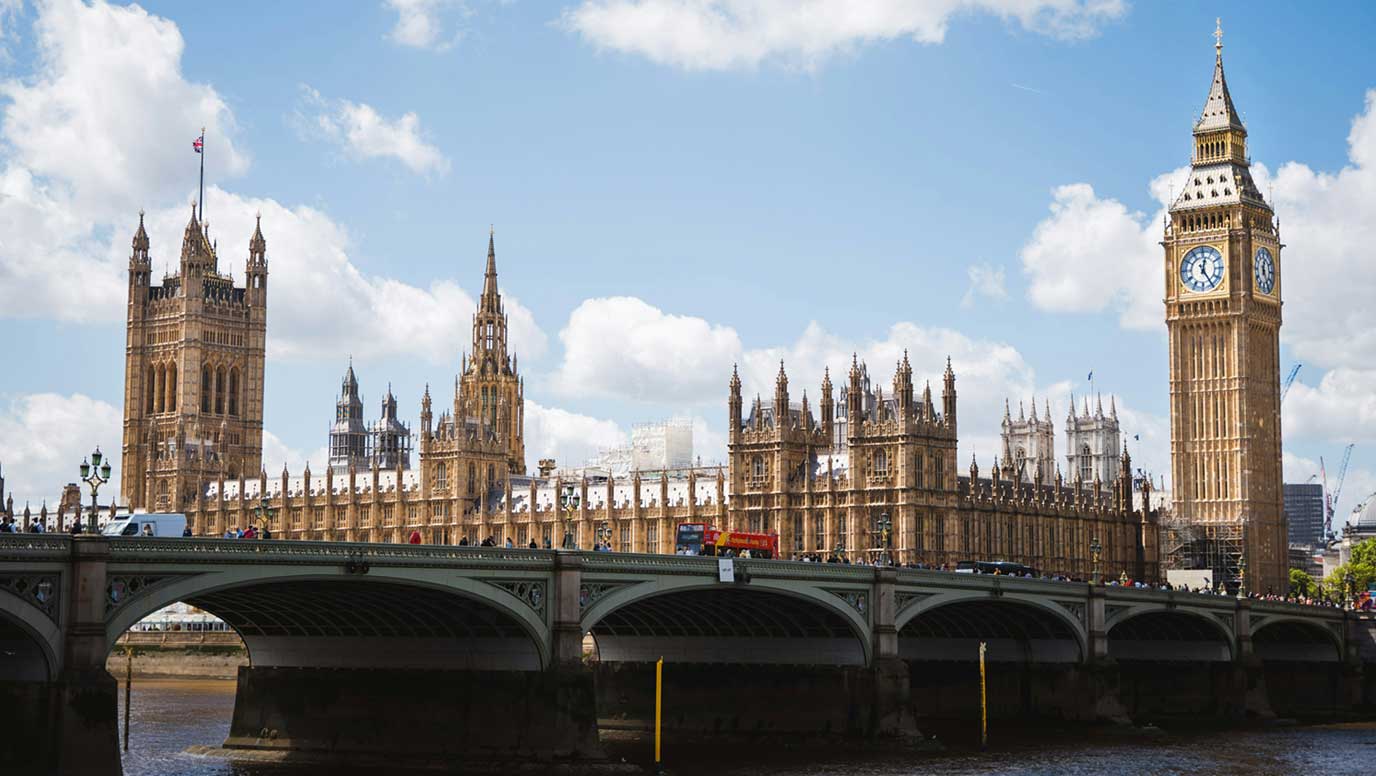Government envisages four phase implementation for flagship employment bill

The Bill should complete its final Parliamentary stages this autumn, which will open the way for Royal Assent, at which point it will become an Act of Parliament and the implementation clock will start ticking.
Most measures can’t be brought into effect immediately, even if the Government wanted to, since secondary legislation will be required to flesh out the detail. That means that the first step in the implementation plan will involve consultation over this legislation, which will be done in three waves over the autumn/winter 2025/6.
With the exception of the repeal of trade union legislation introduced by the last Government (which will happen two months after Royal Assent) no measures will be commenced before 6 April 2026. That is the time earmarked for widening the scope of statutory sick pay, doubling the maximum protective award for failure to consult over collective redundancies and simplifying trade union recognition procedures, among other provisions.
Measures which the Government plans to implement in October 2026 include strengthening protections against workplace harassment and new restrictions on fire and re-hire.
After that things get a bit hazier. “During 2027” is the vaguer timing indicated for introducing two of the Bill’s more contentious measures: day one unfair dismissal rights and the complex new regime designed to protect zero-hours workers from exploitation. These are arguably the two most onerous elements in the Bill for employers, so businesses will be grateful for the extra time to prepare.
For more details of the Government’s implementation plan please see this post on the Mills & Reeve employment blog:- https://www.mills-reeve.com/blogs/employment/july-2025/implementation-timetable-published-for-employment-rights-bill/


